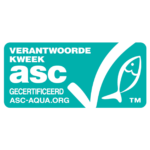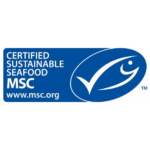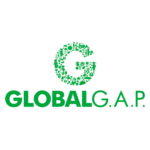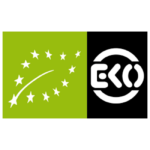Chilean hake
Bottom otter trawl
- Jan
- Feb
- Mar
- Apr
- May
- Jun
- Jul
- Aug
- Sep
- Oct
- Nov
- Dec
Hake has been heavily overfishedOverfished:
A stock is overfished when the stock size has decreased so far that it can no longer produce a maximum sustainable yield. The size of the fish populations is insufficient to reproduce in the long term. in the past. The fishing pressureFishing pressure:
Fishing pressure is a result of the fishing effort/amount of fishing on a stock, which determines the fishing mortality. Fishing mortality is the share of the fish stock that dies annually as a result of fishing. has been decreased, but it is still a question if the stock will be able recover in the coming years. To prevent a collapse of the hake stock it is needed to decrease fishing pressure even further.
Fishing is done with demersalDemersal otter trawls:
A technique in which conical nets are dragged over the ground and are held open by large, square 'otter planks'. The planks also work as a plough, in which fish are hunted into the nets. otter trawls. The amount of discardsDiscards:
Unwanted by-catch, which is thrown back because there is no quota, the market price is too low, or the fish is below the legal minimum landing size. Discards can be alive or dead. is a problem with this fishing method. Much of these discards consists of young hake, but also out of vulnerable sharks, rays, birds and whales. A large portion of the discards does not survive. Fishing with bottom trawls disrupts the seabed. On the long term this results in a changed species composition.
After the stock collapsed in 2004, the management has been stricter. Unfortunately, this stricter management has not lead to a recovery of the stock. The current management is not effective.
Fish in season
Fish is in season when the spawning period has ended, as the quality is then at its best.




